In today’s world, where electronic devices and machinery are increasingly exposed to harsh environments, ensuring their durability and reliability is paramount. This is where ingress protection (IP) certification plays a crucial role. But how is the accuracy of these IP certification tests ensured? Let’s dive into the meticulous processes that uphold the credibility and precision of ingress protection tests.
Understanding Ingress Protection (IP) Certification
Ingress protection (IP) certification measures how well a device is protected against the intrusion of solid objects and liquids. This rating is essential for determining the suitability of products for specific environments. The IP rating consists of two digits: the first indicates protection against solid particles, and the second denotes protection against liquids. For example, an IP67 rating means the device is dust-tight and can withstand immersion in water up to 1 meter deep.
The Path to Accurate IP Certification
Ensuring the accuracy of IP certification tests involves several critical steps:
Standardized Testing Procedures:
The foundation of accurate IP testing lies in adhering to standardized procedures. The most widely accepted standards are defined by the International Electrotechnical Commission (IEC), particularly IEC 60529. These standards outline precise testing methods for various IP ratings, ensuring consistency across different testing laboratories.
Calibrated Equipment:
Accurate testing requires calibrated equipment to measure and evaluate the ingress of solids and liquids. For example, dust chambers must simulate specific particle sizes and concentrations, while water immersion tanks must maintain precise depths and durations. Regular calibration and maintenance of this equipment are essential to guarantee reliable results.
Controlled Testing Environments:
IP tests are conducted in controlled environments to minimize external variables that could affect the outcome. Dust chambers, for instance, need to maintain a consistent airflow and dust density, while water immersion tests must be performed at the correct temperature and pressure conditions.
Qualified Personnel:
Trained and qualified personnel conduct IP tests. Their expertise ensures that tests are performed accurately and in accordance with established standards. Technicians and engineers are well-versed in interpreting results and identifying any deviations from expected performance.
Thorough Documentation and Reporting:
Accurate documentation is vital for ensuring transparency and traceability. Detailed reports on the test conditions, procedures, and results are maintained. This documentation provides a clear record of how the test was conducted and the findings, allowing for verification and review if needed.
Regular Audits and Quality Checks:
Regular internal audits and external inspections help maintain the integrity of the testing process. These checks ensure that testing facilities comply with standards and that equipment and procedures remain up-to-date.
Use of Reference Materials and Samples:
Reference materials and samples are often used to verify the accuracy of testing equipment and procedures. These standardized samples help in cross-validating results and ensuring that the testing methods produce consistent and reliable outcomes.
Inter-laboratory Comparisons:
Participation in inter-laboratory comparisons or proficiency testing programs allows testing facilities to benchmark their performance against other laboratories. This process helps identify any discrepancies and ensure that testing methods are consistent with industry standards.
Up-to-Date Training and Continuing Education:
Regular training and continuing education for personnel ensure they are familiar with the latest standards, technologies, and best practices. This ongoing education helps maintain high standards of accuracy and reliability in testing procedures.
Real-World Applications and Examples
Consider the example of a smartphone designed for outdoor use. An IP68 rating ensures that the phone can withstand prolonged exposure to dust and water, making it suitable for adventurous environments. For industries like automotive and aerospace, IP ratings are critical for ensuring that components can endure extreme conditions without compromising performance.
For instance, automotive manufacturers rely on IP ratings to ensure that electronic components in vehicles can withstand exposure to water and dust from road conditions. Similarly, aerospace components are tested to ensure they can endure the harsh conditions of space or high-altitude environments.
Ensuring the accuracy of ingress protection certification tests is vital for product reliability and safety. By adhering to standardized procedures, using calibrated equipment, maintaining controlled environments, employing qualified personnel, and conducting thorough documentation and audits, we can guarantee that products meet their specified IP ratings.
Additional steps such as using reference materials, participating in inter-laboratory comparisons, and ongoing training further reinforce the precision and reliability of IP testing.


